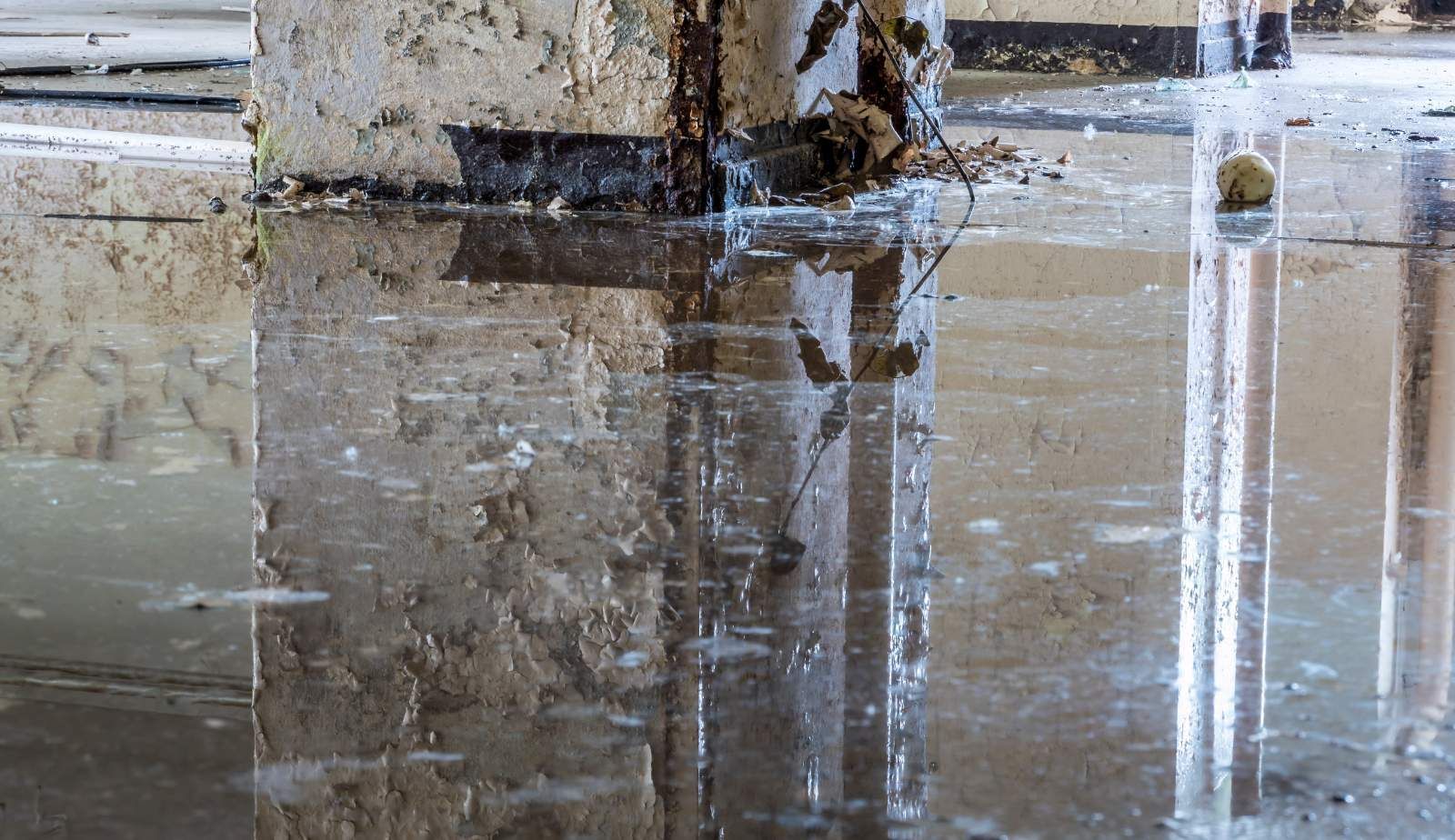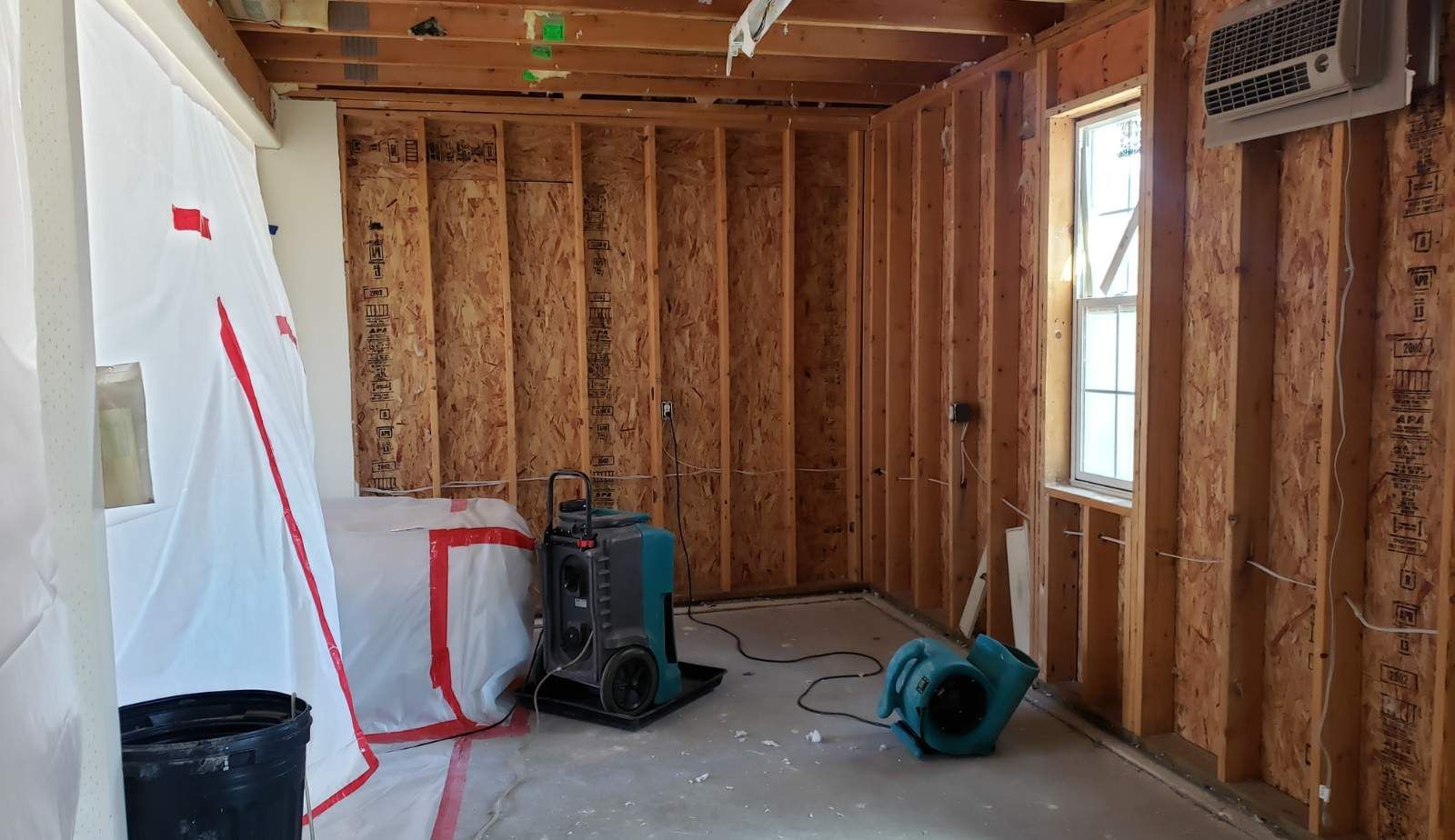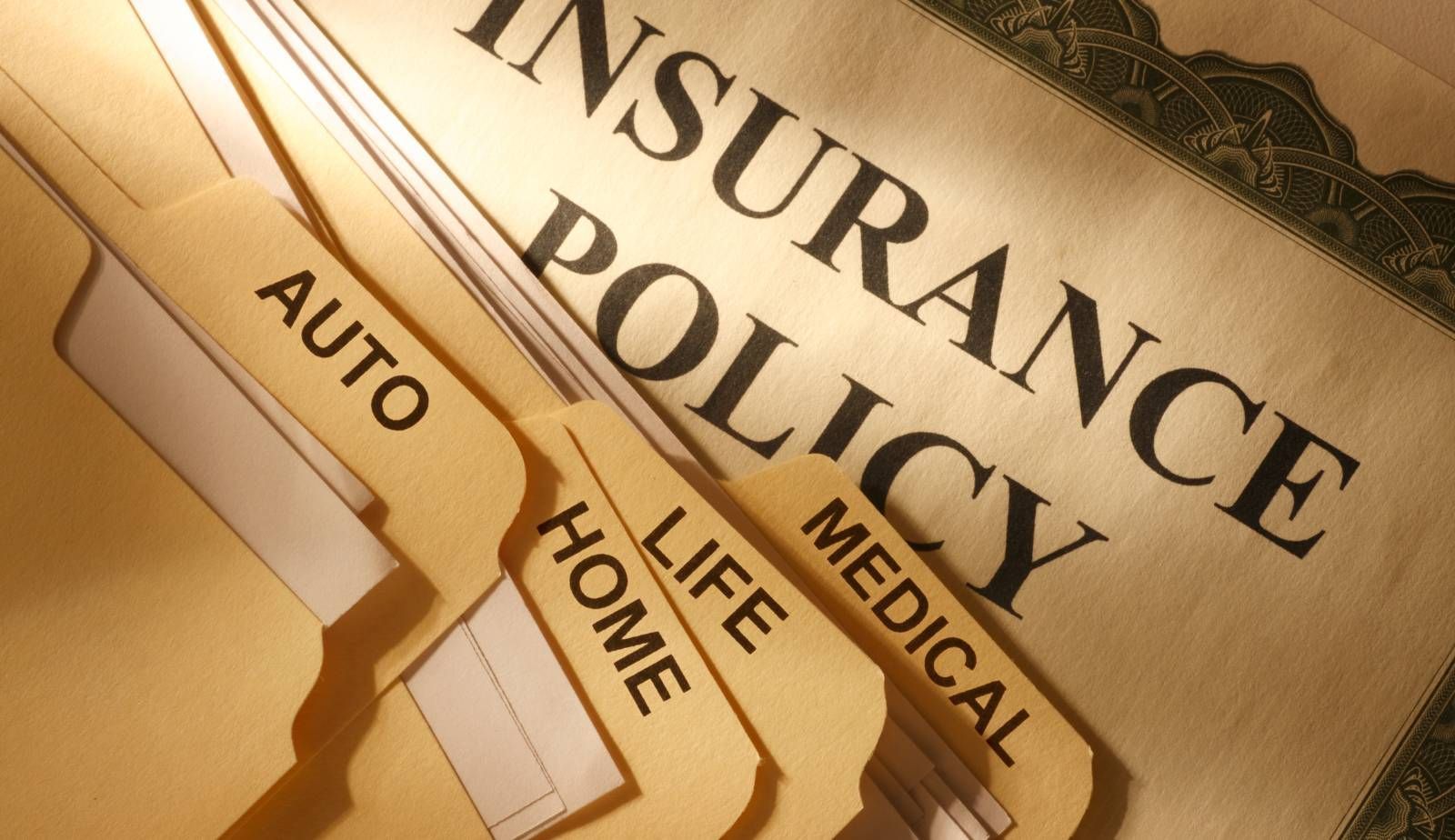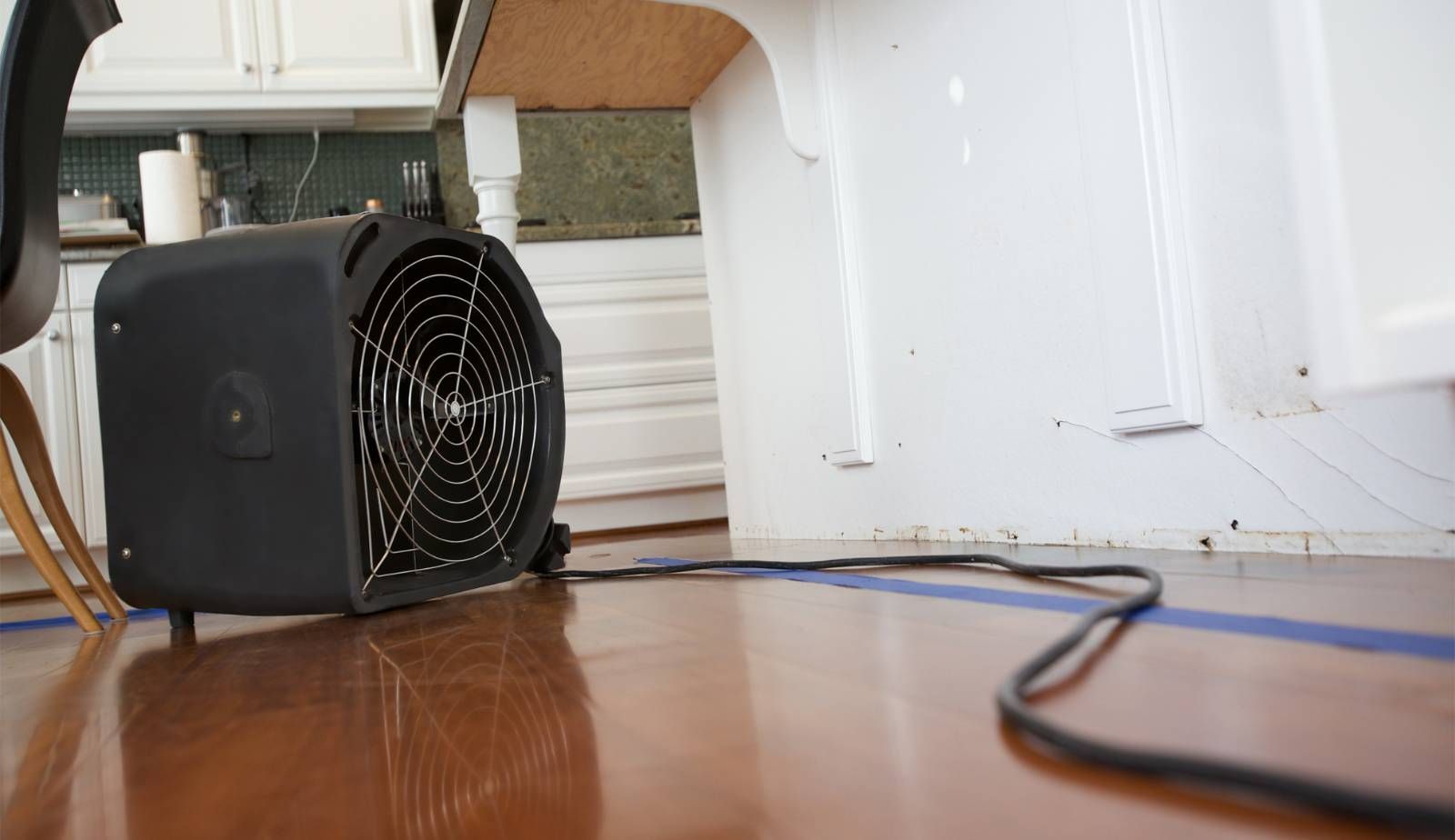Get Help Now: 337-205-5558
Understanding the Water Damage Timeline: Essential Immediate Actions and Long-Term Repair Steps for Homeowners
Water damage can strike unexpectedly, leaving homeowners in a state of uncertainty. Understanding the timeline for immediate actions and long-term repairs is essential for minimizing damage and ensuring a complete restoration. From the moment water intrusion occurs, quick decisions can significantly affect the outcome of the repair process.
Initially, homeowners should focus on assessing the situation and taking immediate actions to mitigate damage. This often includes shutting off the main water supply, removing standing water, and drying affected areas. Professional advice from companies like Drymax recommends acting swiftly to prevent mold growth and structural issues, which can complicate repairs later on.
As the restoration process unfolds, it typically follows a structured timeline that includes assessing damage, water extraction, drying, and eventual repairs. Understanding this process enables homeowners to set realistic expectations and engage effectively with restoration professionals. With the right knowledge and prompt actions, they can expedite recovery and restore their homes with confidence.
Understanding Water Damage
Water damage can stem from various sources and affect properties in multiple ways. Homeowners need to understand the types of water damage, its common causes, and the potential health risks involved. Grasping these aspects helps in taking timely action and minimizing harm.
Categories of Water Damage
Water damage is generally classified into three categories based on the source of the water.
- Clean Water: This type is derived from sources like broken pipes or rainwater. While it is not harmful, it can still lead to mold growth if not addressed quickly.
- Gray Water: This includes water from bathtubs, sinks, or washing machines. It may contain impurities but is not considered sewage. Despite being less hazardous than black water, it can pose health risks if left untreated.
- Black Water: This water originates from sewage or flooding. It contains harmful pathogens and requires immediate professional cleanup due to its serious health risks.
Common Causes of Water Damage
Understanding the common causes of water damage can assist homeowners in prevention:
- Leaking Pipes: Slow leaks can accumulate over time, leading to significant damage if not repaired promptly.
- Roof Leaks: Damaged roofs allow rainwater to invade, causing harm to the interior structure and belongings.
- Flooding: Natural disasters can cause severe flooding, leading to immediate and extensive damage.
- Appliance Malfunctions: Dishwashers, washing machines, and water heaters can malfunction, resulting in unexpected leaks.
- Humidity and Condensation: High humidity levels can lead to condensation in walls and ceilings, promoting mold and mildew growth.
Potential Health Risks
Water damage can lead to significant health hazards.
- Mold Growth: One of the most critical issues resulting from water damage is mold. It can develop within 24 to 48 hours and trigger allergies and respiratory problems.
- Structural Damage: Damaged materials like wood and drywall can weaken a home's structural integrity, posing safety risks.
- Pathogen Exposure: Black water contaminants can introduce harmful bacteria into the environment, leading to serious infections.
- Decreased Indoor Air Quality: Stagnant water fosters allergens and irritants, contributing to poor air quality that can affect occupants' health.
Homeowners should act quickly to mitigate these risks and ensure their properties remain safe and healthy.

Initial Response to Water Damage
When water damage occurs, immediate action is critical for safety and effective recovery. Addressing hazards, removing standing water, and assessing damage are essential first steps that can significantly impact the restoration process.
Safety First: Identifying Hazards
Safety is the top priority during a water damage emergency. The affected area may present various hazards, including exposed electrical wires and the potential for structural instability.
Homeowners should do the following:
- Turn off electricity: Locate the main breaker and switch off the power to prevent electrical shock.
- Evacuate the area: If there’s standing water or visible damage, it’s crucial to leave the premises until it’s deemed safe.
- Check for gas leaks: If there is any smell of gas, leave immediately and contact the gas company.
Heeding these safety measures can reduce risks and ensure a safer environment for the recovery process.
Water Removal and Extraction
The next step is to remove standing water as promptly as possible. This can prevent further damage and begin the drying process. Homeowners may utilize various tools for effective extraction:
- Wet/dry vacuum: Ideal for smaller areas with accessible water.
- Submersible pumps: Effective for large pools of standing water, especially in basements.
It's essential to act quickly because mold and mildew can develop within 24 to 48 hours. If the situation is severe, contacting professionals for water extraction services might be necessary. This ensures that all water is removed and can significantly impact the overall restoration timeline.
Damage Assessment and Documentation
Once the area is stabilized and water has been removed, conducting an initial assessment is vital. This phase involves identifying the extent of the damage and documenting it for insurance purposes.
Key actions include:
- Inspecting affected materials: Determine what can be salvaged (like structural elements) versus what needs to be replaced (like drywall).
- Taking photographs: Documenting the damage will aid in filing an insurance claim and help restore property effectively.
Consulting with professionals during this stage can ensure a thorough assessment. Maintaining a comprehensive record will support the claims process, helping homeowners recoup costs efficiently.
Mitigation and Prevention
Effective mitigation and prevention are crucial after water damage occurs. Homeowners must act swiftly to limit further damage and reduce the risk of mold and mildew growth.
Immediate Mitigation Steps
Upon discovering water damage, immediate actions can significantly minimize long-term issues.
- Stop the Water Source: Identify and cease the source of water intrusion. This could involve turning off the main water supply or fixing a leaking pipe.
- Remove Standing Water: Quickly use pumps or wet vacuums to eliminate standing water. The sooner this is done, the lower the chances of extensive structural damage.
- Dry Out the Area: Use fans, dehumidifiers, and open windows to increase airflow and reduce humidity levels. Aim for a relative humidity of below 60%.
- Protect Personal Belongings: Move affected items, such as furniture and electronics, to a dry area to prevent further damage.
- Document the Damage: Take detailed photographs for insurance claims, showing the extent of the water damage before beginning any cleanup.
Taking these steps promptly can make a significant difference in the restoration process.
Preventing Mold and Mildew
Mold and mildew thrive in damp environments, making prevention critical.
- Control Humidity Levels: Keep humidity below 60% using dehumidifiers and by ensuring proper ventilation, particularly in areas like basements and bathrooms.
- Inspect and Clean: Regularly inspect areas prone to dampness and clean any visible mold with appropriate cleaning agents.
- Seal Leaks: Inspect roofs, windows, and foundations for leaks. Sealing these vulnerabilities can prevent future water intrusion.
- Promote Airflow: Arrange furniture to facilitate air circulation, and regularly change air filters to ensure efficient heating and cooling systems.
- Quick Repairs: Address minor leaks and water issues immediately before they escalate into larger problems.
Consistent maintenance and preventive actions can thwart the growth of mold and mildew, ensuring a healthier living environment.

Drying and Dehumidification
Effective drying and dehumidification are crucial steps in addressing water damage. Homeowners need to understand the significance of rapid drying and the tools available to manage moisture levels effectively.
Importance of Rapid Drying
Rapid drying is essential to minimize the potential for long-term damage. When water infiltrates materials like drywall, wood, or carpet, it creates an environment for mold growth and structural deterioration.
A quick response can significantly impact the restoration timeline. Initial drying within the first 24 to 48 hours can prevent severe damage. Homeowners should continuously monitor moisture levels to ensure they are returning to safe limits.
The drying process not only involves removing visible water but also addressing hidden moisture trapped within materials. Ignoring this can lead to costly repairs and health risks associated with mold exposure.
Using Dehumidifiers and Air Movers
Dehumidifiers play a key role in reducing humidity levels in affected areas. They extract excess moisture from the air, promoting a more efficient drying process. Industrial-grade dehumidifiers are often necessary for significant water events.
Air movers are equally critical in enhancing air circulation. These powerful fans help evaporate moisture from surfaces, working in conjunction with dehumidifiers. Together, they expedite the drying process by maintaining consistent airflow, which can lower drying time considerably.
While operating, it's important for homeowners to ensure that they optimize positioning to maximize airflow across all wet surfaces. Regularly emptying the dehumidifier and checking equipment for efficiency are essential maintenance steps during recovery. By utilizing the right equipment, the overall effectiveness of water damage restoration can improve dramatically.
Restoration Process
The restoration process involves critical actions aimed at restoring a property after water damage. It differentiates between immediate restoration actions and subsequent repair needs, outlining how professionals approach both aspects.
Restoration vs. Repairs
Restoration focuses on returning a property to its pre-damage condition, emphasizing damage mitigation and structural stability. This includes addressing excess moisture, drying out affected areas, and preventing secondary damage, such as mold growth.
Repairs, on the other hand, deal with fixing or replacing damaged materials, like drywall, flooring, or cabinetry. While restoration might address immediate concerns, repairs focus on restoring functionality and aesthetics. Understanding the distinction helps homeowners prioritize their actions and allocate resources effectively during the recovery process.
Steps in the Professional Restoration Process
The professional restoration process typically follows these key steps:
- Assessment: Experts evaluate the extent of water damage to develop a targeted restoration plan.
- Water Extraction: Rapid removal of standing water using specialized equipment is essential to mitigate further damage.
- Drying and Dehumidification: The use of commercial-grade fans and dehumidifiers ensures that moisture is thoroughly removed from structures and belongings.
- Cleaning and Sanitizing: All affected items and areas, including carpets and upholstery, are cleaned and treated to prevent mold and odors.
- Repairs: This includes both minor repairs and significant structural repairs, depending on the damage severity.
Each step is crucial in ensuring a successful restoration. Homeowners should work closely with professionals to ensure comprehensive coverage throughout the entire process.
Repairing the Damage
After experiencing water damage, addressing both structural issues and sanitation needs is crucial. Proper repairs will restore the property’s integrity, while effective cleaning will eliminate potential health hazards.
Addressing Structural Issues
The first priority in repairs involves assessing the structural damage caused by the water intrusion. Water can weaken critical support elements such as beams, joists, and walls. It is essential to have a qualified professional evaluate the extent of this damage.
Key Steps:
- Inspection: Conduct a thorough inspection of the affected areas.
- Repair or Replace: Depending on the severity, either repair minor damage or replace significantly compromised materials.
- Ensure Dryness: Before any repairs, ensure that the area is completely dry to prevent future issues like mold growth.
Maintaining structural integrity is vital not only for safety but also for the overall value of the property.
Cleaning and Sanitizing Affected Areas
Once structural issues are addressed, the focus shifts to cleaning and sanitizing the affected areas. This step is critical to prevent mold and bacteria from developing in a damp environment.
Cleaning Process:
- Remove Contaminants: Dispose of any damaged materials, such as carpeting or drywall, that cannot be cleaned.
- Use Appropriate Cleaners: Utilize industrial-grade sanitizers specifically designed to eliminate mold, mildew, and bacteria.
- Dry Thoroughly: Ensure all surfaces are completely dry after cleaning to inhibit microbial growth.
Effective sanitation not only safeguards the health of the occupants but also ensures that the repairs will last.
Long-Term Considerations
When addressing water damage, it is essential to focus on maintaining structural integrity and protecting property value. These long-term considerations ensure the property remains safe and financially viable.
Maintaining Structural Integrity
After water damage, assessing and repairing structural integrity is critical. Prolonged exposure to moisture can weaken walls, foundations, and flooring. Homeowners should conduct a thorough inspection, looking for signs of warping or buckling.
Key elements to consider include:
- Foundation Repairs: Ensure the foundation is stable. Cracks or settling may require professional assessment.
- Drying and Dehumidification: Continuous moisture control prevents mold growth, which can cause serious structural issues.
- Regular Maintenance Checks: Periodic evaluations of the affected areas will help identify and remediate emerging problems early on.
Taking proactive steps keeps the structure safe, ensuring it can withstand future incidents without significant issues.
Protecting Property Value
Water damage can significantly impact property value if not addressed promptly and effectively. Proper restoration is vital for retaining market appeal.
Homeowners should focus on:
- Professional Restoration Services: Engaging qualified professionals helps restore the property to its original condition. An inadequately completed job could lead to diminished value.
- Documentation of Repairs: Keeping detailed records of repairs and maintenance can provide future buyers with confidence about the property's current condition.
- Insurance Claims and Coverage: Understanding the insurance policy can guide homeowners on the best way to finance long-term repairs and ensure all potential costs are covered.
By prioritizing these aspects, homeowners can safeguard their investment and maintain a strong property value over time.

Working with Restoration Professionals
When dealing with water damage, engaging restoration professionals is crucial for effective recovery. Knowing how to select the right company, understanding the restoration timeline, and navigating the insurance claim process can significantly impact the outcome.
Selecting the Right Restoration Company
Choosing a restoration company requires careful consideration. Homeowners should look for companies that have experience and expertise in water damage restoration.
Key factors include:
- Certification: Verify if the company is certified by organizations like the Institute of Inspection, Cleaning and Restoration Certification (IICRC).
- Reputation: Check online reviews and ask for references to gauge customer satisfaction.
- Response Time: Immediate response is critical. A reliable company should provide 24/7 service.
- Services Offered: Ensure they provide comprehensive services, including water extraction, drying, and mold remediation.
Engaging a qualified restoration company can prevent further damage and expedite recovery.
Understanding the Restoration Timeline
The timeline for water damage restoration can vary based on the extent of the damage. Typically, the process includes several phases:
- Assessment (1-2 days): Professionals evaluate the damage to create a tailored restoration plan.
- Water Extraction (1 day): Removing standing water using specialized equipment is vital to mitigate further damage.
- Drying and Dehumidification (3-5 days): This phase involves thorough drying of materials to prevent mold growth.
- Repairs (1-2 weeks): Depending on the damage, this can involve structural repairs, refinishing, or replacing materials.
Understanding each phase helps homeowners set realistic expectations for when their property will return to its pre-damage condition.
Navigating the Insurance Claim Process
The insurance claim process for water damage can be complex but is essential for financial recovery. Homeowners should:
- Document Damage: Take photos and videos of the damage as soon as possible.
- Notify Insurer Promptly: Contact the insurance company to report the damage and start the claim process.
- Provide Estimates: Share estimates from the restoration company with the insurer to facilitate approval.
- Understand Policy Coverage: Review the policy to know what is covered and any limits or deductibles.
Effective communication with both the restoration company and the insurance provider can streamline this process and ensure that claims are processed efficiently.
Recognizing and Responding to Signs of Water Damage
Being aware of water damage signs enables homeowners to act swiftly and minimize long-term issues. Recognizing these indicators and taking prompt action is crucial for maintaining property value and ensuring safety.
Early Indicators of Water Issues
Homeowners should watch for common signs of water damage in their properties. One noticeable sign is water stains, which can appear on ceilings or walls, often indicating leaks above. These stains can range from yellow to brown, reflecting the severity of the issue.
Another warning sign is the presence of musty odors. This odor typically arises from mold or mildew growth, which can develop in damp environments. Homeowners should investigate any persistent musty smells.
In addition, peeling paint or wallpaper can signal trapped moisture behind surfaces. This peeling often occurs in areas with high humidity or near leaks. Lastly, corrosion on plumbing fixtures or metal components suggests prolonged exposure to moisture and requires immediate attention.
Responding to Immediate and Emerging Signs
When signs of water damage become apparent, swift action is necessary. The first step is to identify and stop the source of the water intrusion. This may involve turning off the water supply if a burst pipe or leak is detected.
Next, homeowners should assess the extent of the damage. This includes checking for hidden leaks in crawlspaces, attics, or behind appliances. It's essential to document the damage for insurance claims, capturing photos of affected areas.
After assessing the situation, immediate cleaning and drying are vital. Use fans and dehumidifiers to reduce moisture levels. In cases where mold growth is suspected, professional remediation might be necessary.
By recognizing and responding quickly to these signs, homeowners can mitigate risks and significantly reduce repair costs.
Frequently Asked Questions
Homeowners often have pressing questions following water damage. Understanding the immediate actions required and the subsequent restoration process is vital for effective recovery.
What are the first steps homeowners should take when they notice water damage?
Upon noticing water damage, the first step is to ensure safety. Homeowners should turn off electricity and gas to avoid hazards. Next, they should stop the source of water, if possible, and document the damage with photos for insurance purposes.
How quickly should water damage remediation begin to prevent further issues?
Water damage remediation should begin as soon as possible, ideally within 24 to 48 hours. Prompt action helps prevent mold growth, which can occur quickly and lead to additional health risks and costly repairs.
What does the water mitigation process typically involve?
The water mitigation process includes several steps: water extraction, drying, and dehumidification. Professionals typically use commercial-grade equipment to remove standing water and moisture, ensuring that the affected areas are properly dried to prevent secondary damage.
What are the key steps in reconstructing a home following significant water damage?
Reconstruction involves assessing the damage, removing unsalvageable materials, and repairing structures. This may include replacing drywall, flooring, and insulation. It is essential to also address any potential mold issues during this phase.
What is the expected timeframe for drying out a home after substantial water infiltration?
The drying process can take anywhere from a few days to a couple of weeks, depending on the extent of the damage and the materials involved. Factors such as humidity and the type of water intrusion also play significant roles in determining the drying time.
After flood damage, what measures should be taken to restore a property effectively?
Following flood damage, property restoration should include thorough cleaning and sanitization of affected areas. Homeowners should also assess and repair any structural damage and ensure that the property is dry to prevent future issues, such as mold growth.
You might also like
DryMax Restoration Blogs



DryMax Ville Platte
DryMax Lafayette
120 Rue Beauregard Ste 201, Lafayette, LA 70508
Phone: 337-205-5558
Service Areas
Services
All Rights Reserved | DryMax Water & Fire Restoration | Website Design by Mastertech Franchise Systems

